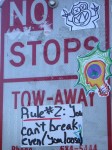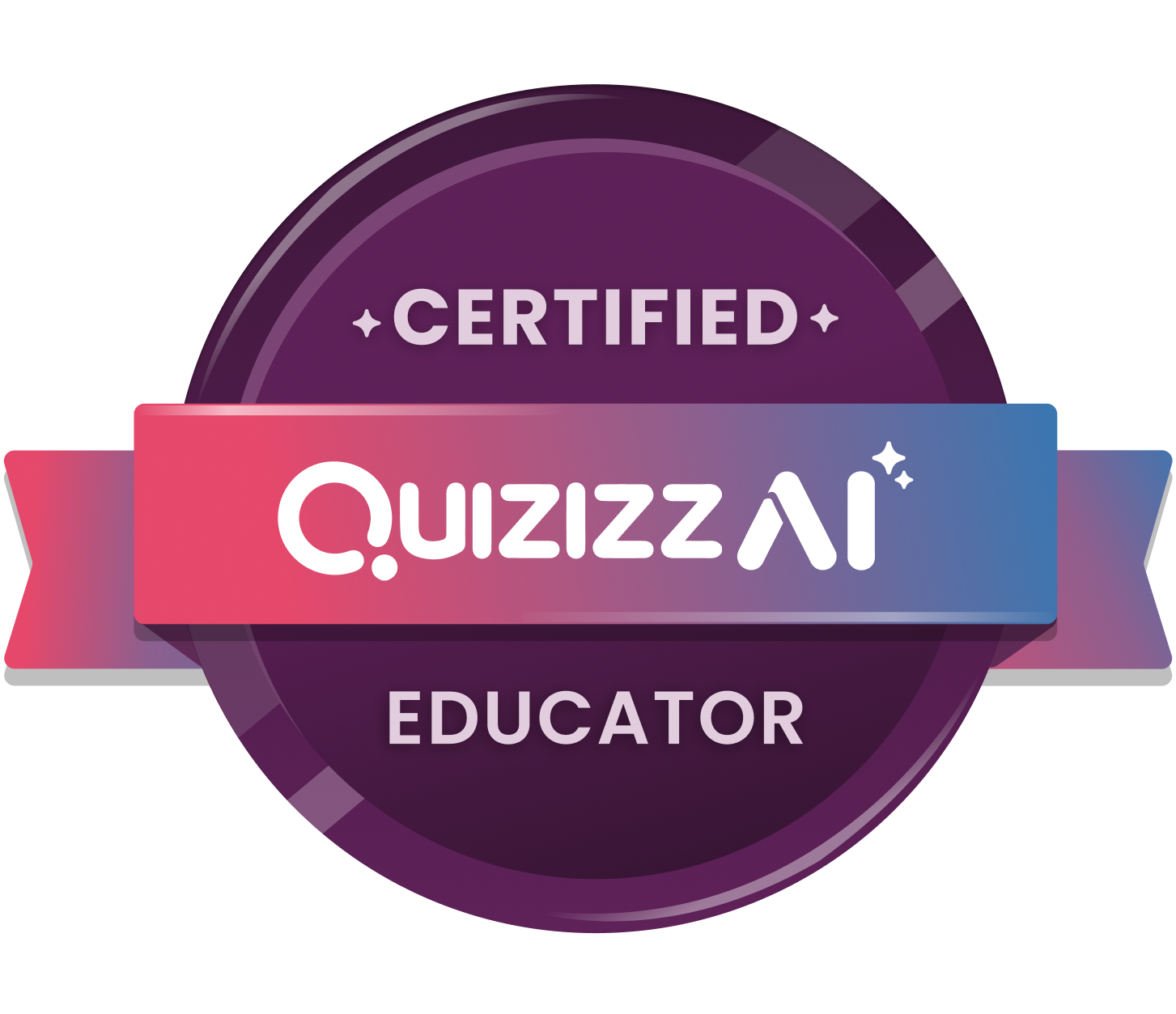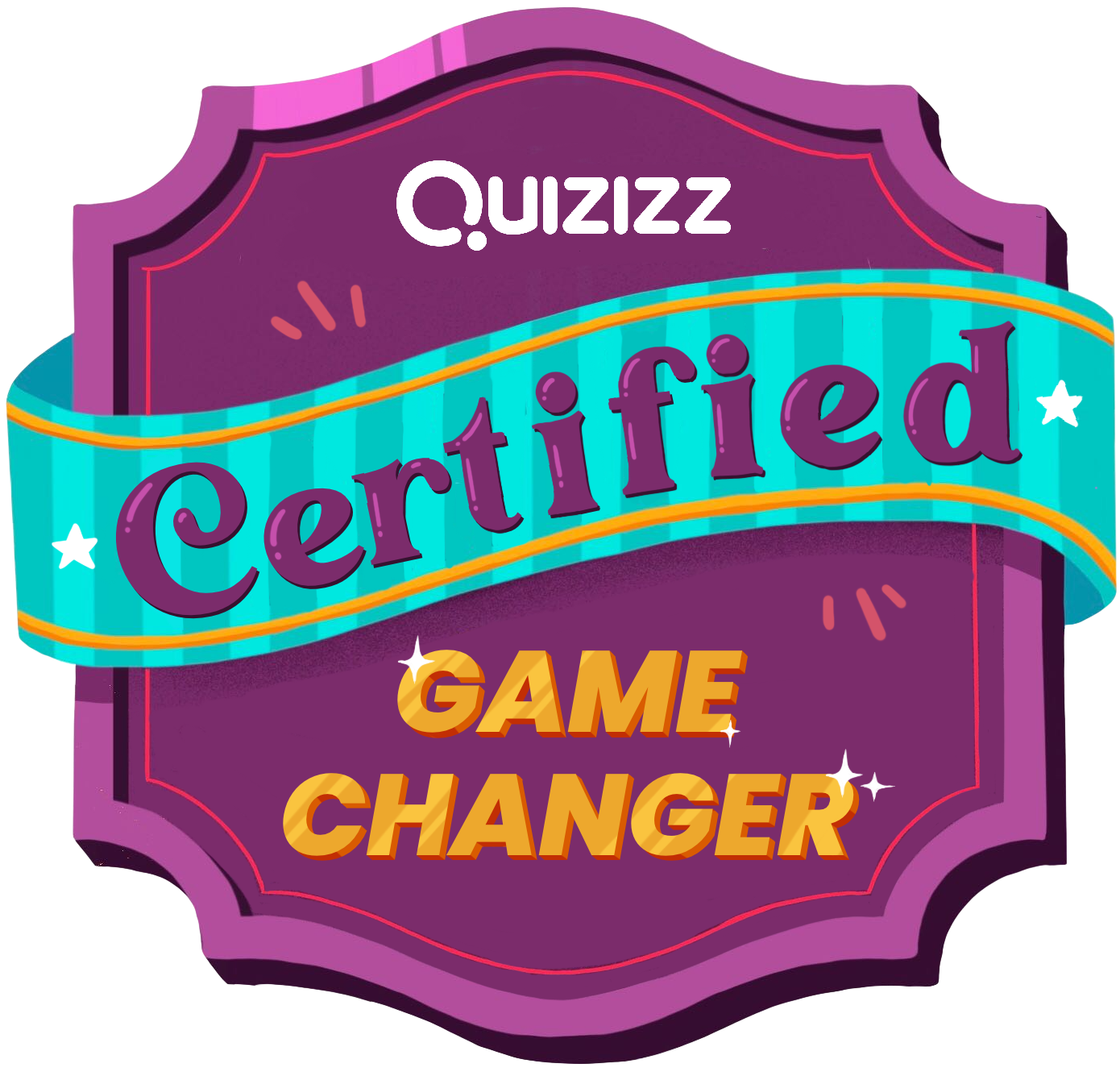I came across this blog post this morning by Mark Barnes, author of ROLE Reversal and a valuable member of my PLN: Teachers still struggle with rules and consequences. I have been running my classes as Results Only Learning Environment (ROLE) after reading Mark’s book and having twitter discussions with him and reading his blogs. Now I don’t consider myself old. I’m 46 and I work with some over 60 year olds who are in better shape and sprier than me so I know I ain’t old. But on some things I’m slow to change, a little stuck in my ways. Maybe that’s why a ROLE classroom is feeling different to me. I thought I would be able to make the few new additions to my teaching to embrace ROLE and all would be fine. All is fine but I’m uncomfortable at times, which I guess could be a good thing. I wrote in an earlier blog post that a workshop setting where students can choose from different activities/assignments and work at their own pace (autonomy) was strange for me.
I’ve been so used to moving all my students along to get to different parts of my curriculum that this has been quite a shift. And I don’t have a set-in-stone curriculum or pace guides. I have full autonomy myself on what I use to help my students learn Science. In 6th grade I do have an STC/MS Science kit, Energy, Machines, and Motion, and in 8th grade I have a FOSS kids, Diversity of Learning, but I use them as needed and depending on the group of students I have. Still it’s weird when I’m trying to get the class to do a lab that some have moved past the concepts of the lab, some are ready for it, some are not quite there yet, and some are nowhere near ready for it. Yet I need to run the lab with the whole class or have an equipment/class-management nightmare. And tests. I don’t tests often but when I have an assessment and some students take it. Then the rest trickle in over weeks, it’s weird. I offered an assessment over a month ago and still haven’t had all students take it. I still plan to go over it and maybe it’s good to go over it as a review. We’ll see. Still feels weird.
But Mark’s blog post this morning was on Rules and Consequences. That one is a hard one. Here’ s the comment I left on his blog:
Mark, this is one that I still struggle with. Not because I need to set up rules with kids but because I still do end up giving consequences. I stopped spending the first days of school discussing rules and norms years ago. Kids get enough of that in other classes (maybe if I had one, self-contained class I’d do something different). I start on day one by jumping in to an activity with students. Gives me a good feel for the class. I learned to do that after having students complain on end of the year surveys that I talked too much at the beginning of the year. My incessant talking on day one bothered them all the way to day 180!
Yet still, when behaviors that detract from a safe environment conducive to learning, or behaviors that just aren’t learning focused, occur I talk with the students involved to figure out what to do. I typically use a collaborative problem solving style where I let the student talk and I listen then I ask the student what he or she can do differently to work and learn. I have different activities for them to learn Science and tech is integrated throughout so I have a pretty good handle on that. And yet still I get disruptions to learning, rudeness, and lack of engagement.
When talking with students and asking them to problem solve doesn’t work I revert to traditional consequences. The rest of the class is looking to me to keep them safe, keep them learning, and provide some sense of fairness in an unfair world. Sure, consequences look different for different kids but it still falls on me to keep the learning happening in my classes. So even though not all kids get similar consequences, depending on their needs and situation, I still dole out the consequences to bring peace to my classes. This year we have a group of 8th graders who do not respond to my or other teacher’s methods. So for a few kids I do use traditional consequences. I send them out of class, I keep records of their behaviors, and I explain to them that I expect improvement and tell them what we need in our classroom for learning to occur. This group is known as the top of the RTI (Response to Intervention) pyramid. That 5 to 10% for which my system, nor any other system, works. So for most of my students I don’t need to dole out consequences. That did need to be said.
I don’t see any ways around this when collaborative problem solving doesn’t work because they either won’t talk, won’t problem solve or won’t stick to their solutions. In the end I will do what works for my class as a whole and sometimes that means that I can’t indulge the needs of those who will not contribute to a healthy class environment.
I will do whatever is needed with each class of students I have before me. Now I don’t think consequences is taboo even though much talk on twitter and on blogs I read make it seem like we’re ineffective teachers if we can’t engage our students or it’s our shortcomings as teachers if our students are bored. I disagree. I will do all I can but in the end it’s up to each individual child to either engage and contribute appropriately to our classroom environment or disrupt. And I understand that given the choice socializing with peers is much more engaging that reading Science or even doing Science. I get it. Sometimes disruptions are based on emotional/mental needs or issues that aren’t met outside of the classroom and this is a safe enough place to release pent up frustrations. I still have to worry about everyone in my room and provide a safe learning environment, physically, emotionally, and mentally. And that’s when I start to give consequences. I keep hearing kids will be kids. So I don’t know if I’ll ever have a classroom free of consequences. Free of rules? Maybe. I think I have that now. All I expect from everyone is respect (for each other and for me – mutually).


































































